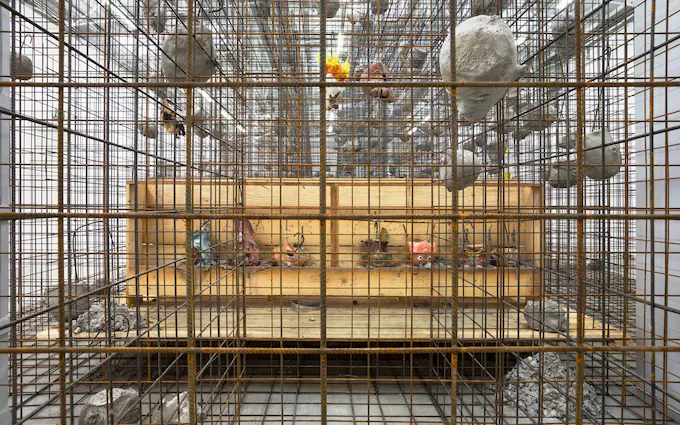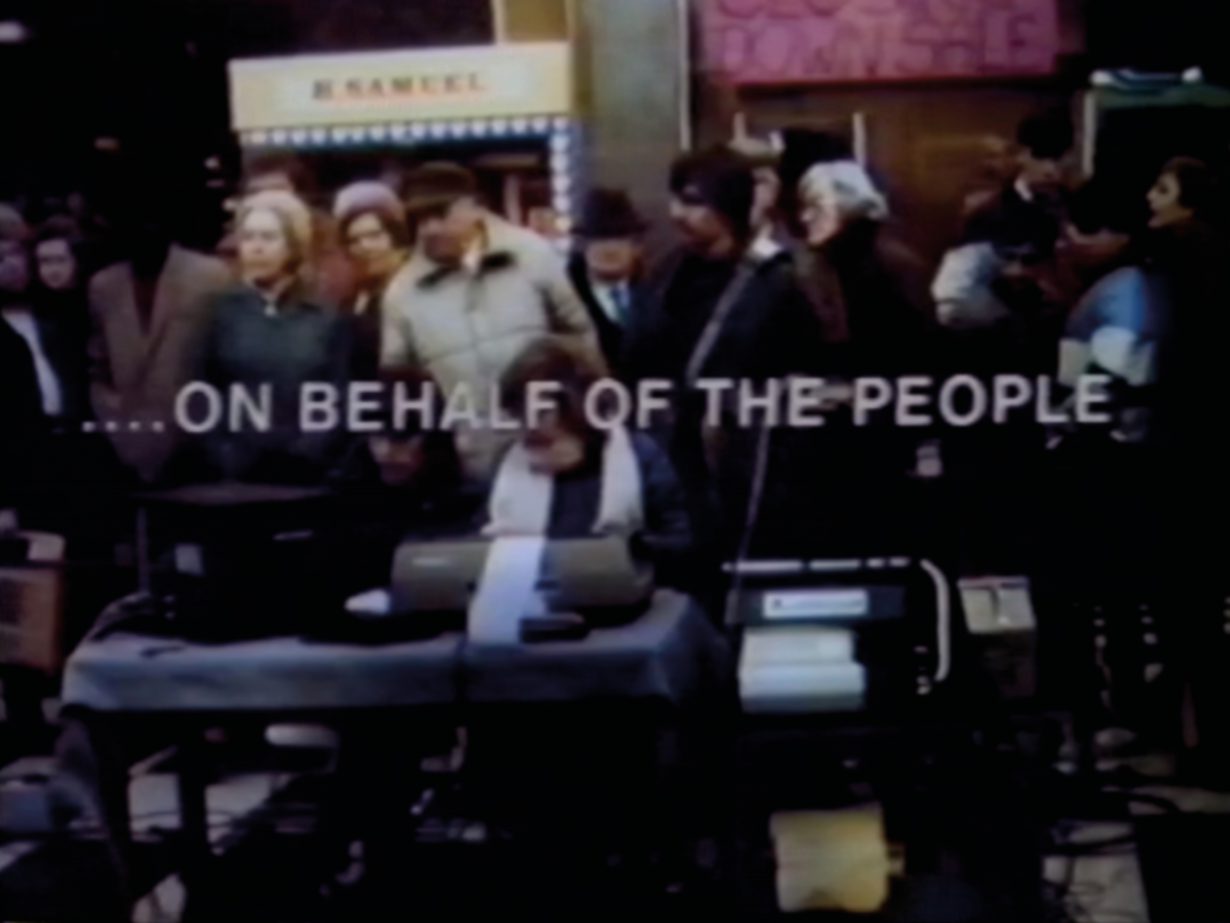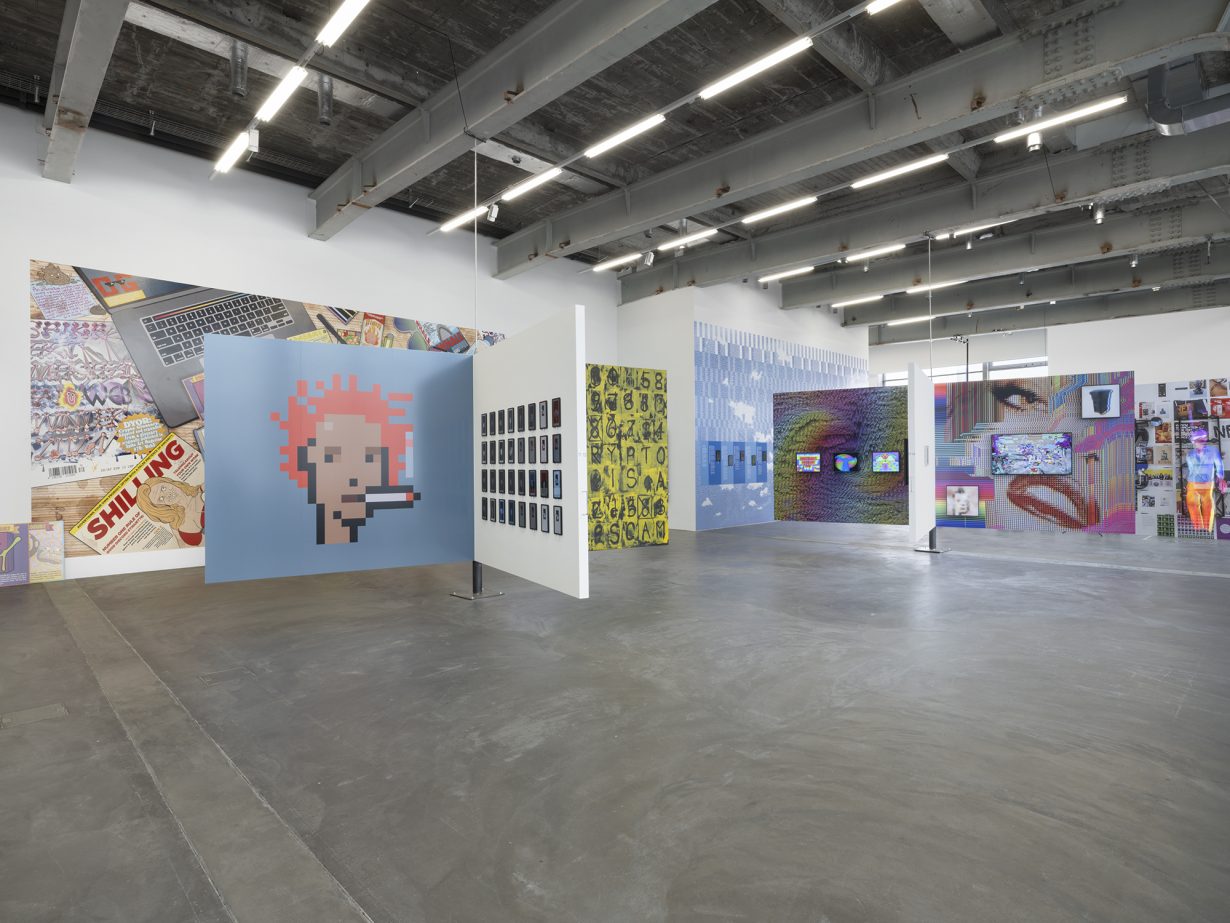-
New book out now
I’m pleased to announce that Criticism, Art and Theory in 1970s Britain: The Critical War is out now, published by Routledge. A critical study of the life of art criticism in the 1970s, the book traces the evolution of art and art criticism in a pivotal period in post-war British history. Criticism, Art and Theory…
-
The naked truth about Marina Abramović
Celebrated as a secular saint, the artist’s hollow brand of ‘shocking’ performance art only reveals that we are desperate for meaning My comment piece on the Marina Abramović retrospective at the Royal Academy of Arts, London
-
Mike Nelson at the Hayward Gallery
Mike Nelson’s claustrophobic installations broke new ground two decades ago, long before “immersive” exhibitions became urban leisure-time staples. This overdue survey of the British artist’s career revisits and remodels his key works, and is dominated by the extraordinary, Hayward Gallery-filling The Deliverance and the Patience (2001). It’s a monstrous, jerry-built labyrinth of dingy rooms, full…
-
People Make Television
My review of a brilliant show revisiting public access broadcasting in the 1970s, at Raven Row, London, for ArtReview Exhibiting an archive is always a potentially radical act. The past either disappears, or ends up in some unlighted store, waiting for someone to come looking for it, to find its usefulness in the present. Then,…
-
DYOR (Do Your Own Research)
My review of the recent show DYOR at Kunsthalle Zürich, a brilliant overview of the wild mix of art, technology, pop culture and tech-utopianism of the NFT boom
-
Political boycotts across the arts are freezing Normal People out
Comment piece on cultural boycotts and cancel culture in the arts, for the Telegraph, 8 November 2021 Using your cultural clout to control what people see or read has never been so popular. With Sally Rooney’s refusal to have her latest novel translated into Hebrew, and Netflix workers staging walkouts in protest at their employer’s…



